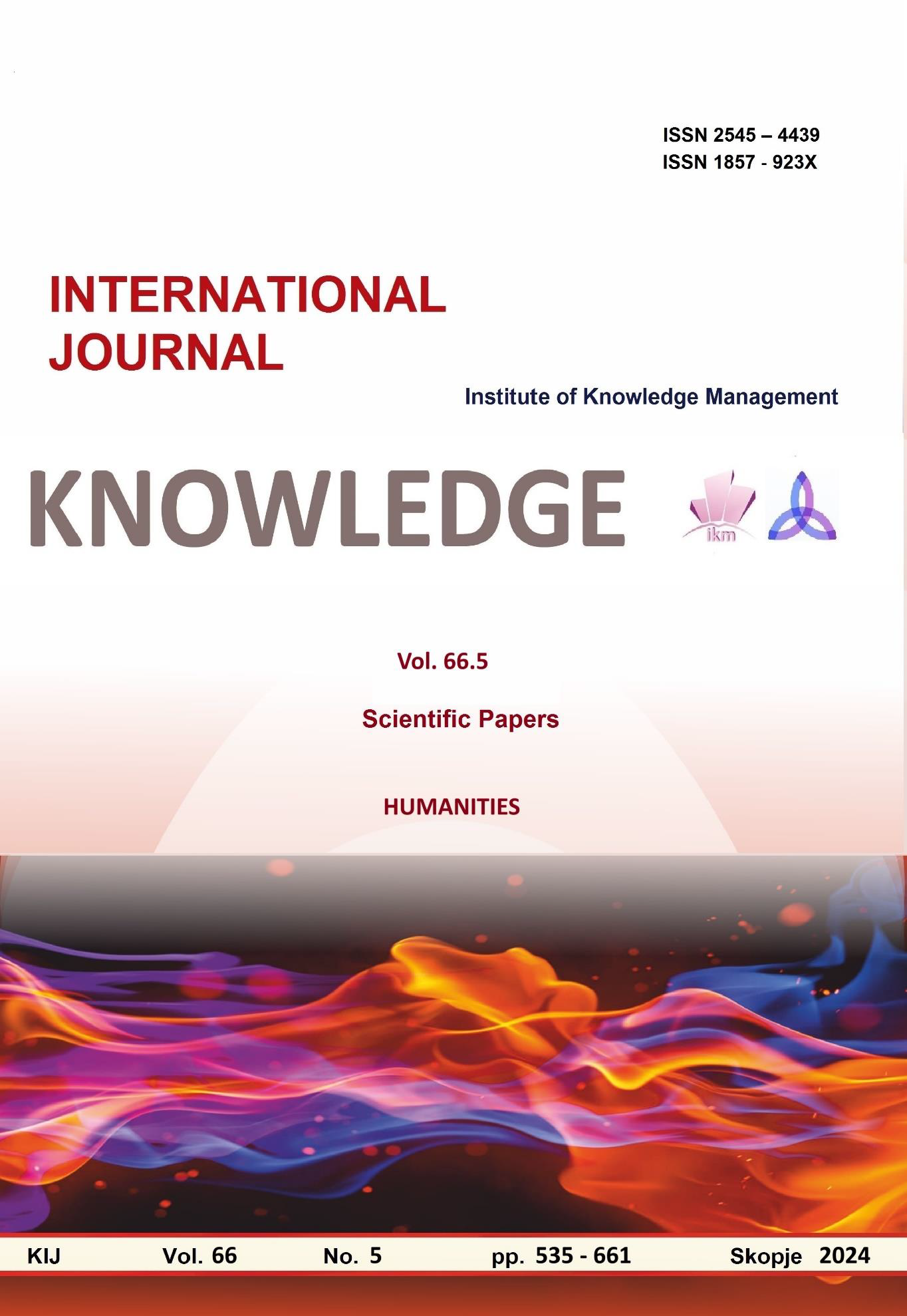THE UNIQUENESS OF THE PORTRAYAL OF THE HUMAN PSYCHE IN INGMAR BERGMAN'S CINEMA: INNOVATIVE CINEMATIC LANGUAGE
THE UNIQUENESS OF THE PORTRAYAL OF THE HUMAN PSYCHE IN INGMAR BERGMAN'S CINEMA: INNOVATIVE CINEMATIC LANGUAGE
Author(s): Anila VarfiSubject(s): Social Sciences, Education
Published by: Scientific Institute of Management and Knowledge
Keywords: Ingmar Bergman;Cinema;Fantasy;Reality;Human psyche;Psychological exploration;Filmmaking
Summary/Abstract: Ingmar Bergman stands as a seminal figure in the history of cinema, renowned for his profound exploration of the human psyche through a remarkably innovative cinematic language. This paper investigates how Bergman’s distinctive methods—encompassing his use of rich symbolism, existential themes, and profound psychological depth—contribute to a portrayal of the human condition that is both unparalleled and deeply resonant. By delving into key films such as The Seventh Seal (1957), Persona (1966), and Cries and Whispers (1972), this analysis reveals how Bergman’s cinematic techniques offer a unique and penetrating insight into the existential and psychological complexities of human experience. Through his innovative approach to visual storytelling, narrative structure, and thematic exploration, Bergman crafts a cinematic language that challenges conventional boundaries and provides a nuanced understanding of human consciousness. His films not only engage with philosophical inquiries but also reflect the intricacies of the human psyche, affirming his place as a pivotal artist in the cinematic portrayal of existential and psychological themes.
Journal: Knowledge - International Journal
- Issue Year: 66/2024
- Issue No: 5
- Page Range: 657-661
- Page Count: 5
- Language: English

